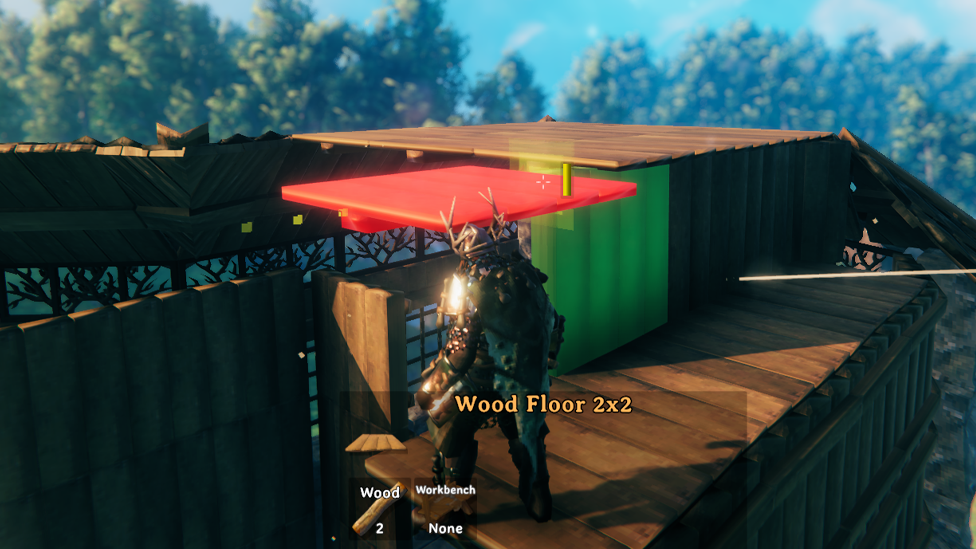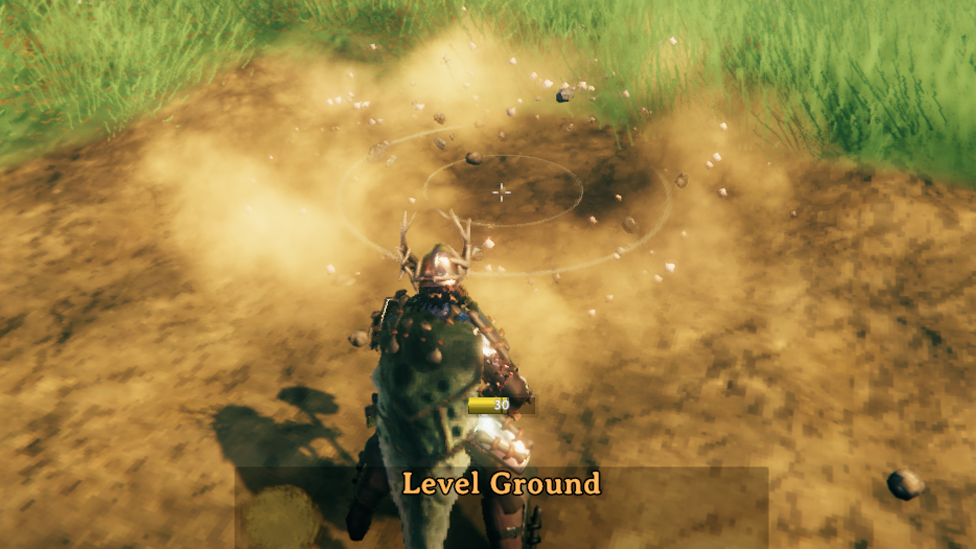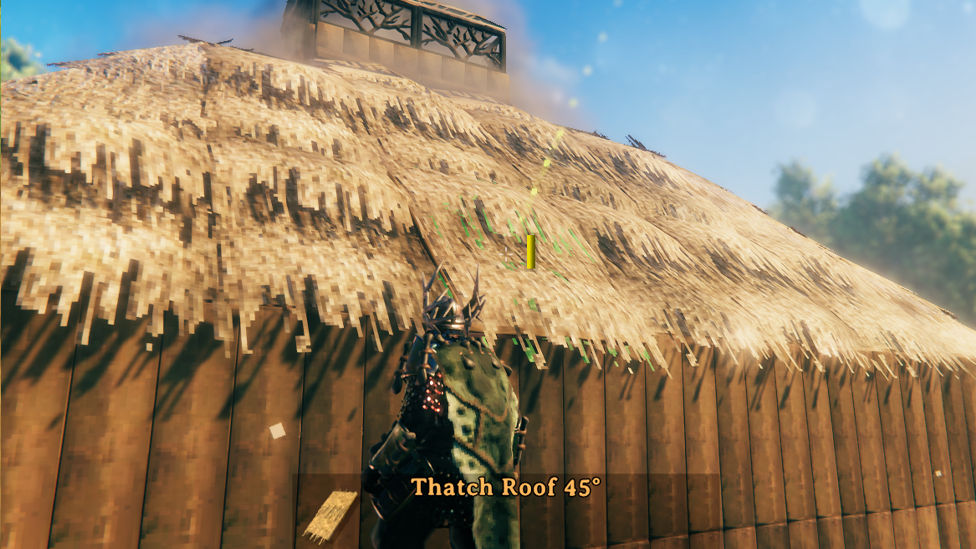Valheim Structural Stability Guide
In Valheim, mastering the art of crafting and construction is pivotal, allowing players to craft towering buildings with impressive defences and fortifications. However, it’s important to note here that you can’t just build anything, and you’ll need to follow structural rules to ensure your constructions are safe and secure. In line with this thought, today, we’re taking a deep dive into the world of construction and structural stability in Valheim, including how to build your base and its roof securely.
Why is Structural Stability so Crucial in Valheim?

Make Your Own Valheim Server
Structural stability is something that is easy to overlook in Valheim while constructing your very first bases. However, failing to appreciate the importance of a stable base is something that many players experience - and this could leave your brand-new construction at severe risk of falling down. Not what you want after potentially putting hours into scrounging together the resources to make it a reality! So, what does structural stability refer to, anyway? Well, stability refers to the strength of your building; in other words, it outlines how likely the construction is to fall over due to a poor design. The best way to think about this is to consider how precarious your design is; the more balancing parts your building has, the weaker it will be and the higher the chance of the base falling apart.
Now, a very basic base with a couple of short walls and a roof will generally be pretty stable. However, as your base building ambitions grow, the chances of your building falling over begin to increase significantly. Given this, it’s incredibly important to account for physics when building in Valheim, and fortunately, this concept is relatively simple to wrap your head around - not least of all thanks to the game’s in-built structural stability guidance system.
While the stability of your Valheim structures is hugely important to keep in mind, it’s not the only factor in this regard that’s important - and the stability of your server is equally paramount. Fortunately, ScalaCube’s premium Valheim server hosting offers incredible 24/7 uptime for a lag-free gaming experience, no matter how many hordes of enemies try to attack your base.
Understanding Structural Stability Color Codes
In Valheim, each piece of wall, roof, etc has a stability level attached to it, and this is based on several factors such as the placement of the part and the surrounding pieces. These are as follows:
- Blue: Strong and stable construction.
- Green: Slightly weak, but overall still very strong.
- Yellow-Green: Becoming weaker, but still strong enough to withstand the elements generally.
- Yellow: Mid-ground; the parts are beginning to be very unstable and may be at risk.
- Orange: The construction is very unstable, although not quite on the brink of falling over.
- Red: The piece is barely staying upright. Red panels are incredibly unstable and at significant risk of falling over or crumbling. Given this scale, it’s relatively easy to get a quick idea of how strong - or not, as the case may be - your structure is. If you notice that any of your parts begin approaching the lower end of the scale, it’s important to restructure your design to make things more stable.
The Role of Materials on Stability
When upgrading your base from one material to another, you may notice that the stability of your design seems to change. This is due to different building materials (such as stone versus wood) having different weights. Naturally, heavier materials are much more likely to fall apart than lightweight ones, making this an important consideration when planning your design.
Tips to Increase Structural Stability
Thus far, we’ve considered the importance of structural stability and how you can assess whether a structure is stable or not. However, you may still be wondering: how can you increase the building stability of Valheim structures? Well, there are several ways to go about this.
1 Building on Level Terrain

One of the first steps to ensure your Valheim buildings and structures are stable is to choose level topography to build on. After all, if you try to build on uneven ground, it shouldn’t come as much of a surprise that this will make the final design far less stable. Given this, levelling out the topography first or finding somewhere flatter is important to ensure that your constructions don’t simply fall over due to being built on a slant.
2 Using Lighter Materials
If you have a design that’s particularly tricky to pull off, lightweight materials might help. However, this will naturally compromise the safety of your construction in terms of stability, so it’s likely a better choice for decorative elements than defensive ones.
3 Add Support Structures In
If you’ve got a design that simply won’t be able to hold its own weight, adding Valheim support beams to your design could help. These simple beams can significantly help reduce instability in your designs, all the while adding a rather nice aesthetic effect too. In addition, support pillars can provide a similar feature, helping hold up the construction and keeping things secure and stable altogether. As such, they’re an excellent option to help support your design if other methods aren’t working.
4 Repair Decaying Structures
Many structures will weather rapidly in Valheim, and this can potentially impact their stability. Given this, it’s important to repair any decay quickly; furthermore, avoid building wooden panels directly in water, as this can reduce the design’s integrity by 50% - a massive drop that can leave your Valheim structures needing much more support.
5 Learn How to Build a Strong Roof in Valheim

As a further tip, protecting your Valheim buildings from the elements is an important step in ensuring good stability. This helps reduce the rate of decay for your structures while also adding in new elements that help hold the overall design together more effectively. Of course, it should be noted here that, while your roof may help with stability, it can also be at risk of caving itself; thus, when building in Valheim, make sure you add in plenty of roof support to keep things dry and in one piece.
FAQs
Does blue mean my structure is secure or unstable in Valheim?
If your Valheim buildings are highlighted in blue, this means that they are incredibly strong and stable. In contrast, if the parts of your building appear in red, there’s a very high risk of the entire construction falling apart.
Is a strong foundation important in Valheim?
Yes. When building in Valheim, a strong foundation helps ensure that the higher levels of your building are less likely to fall apart. Furthermore, strong foundation pieces also help keep out enemies attacking your base from the ground.
Final Thoughts
Structural stability is incredibly important when building structures in Valheim; however, if you’re new to the building process, it’s easy to feel a little unsure about how to support your structures effectively. Fortunately, though, this doesn’t have to be hugely difficult, and by taking a little time before you start building to understand how stability works, you can ensure your new base is stronger and more stable in turn.
Make Your Own Valheim Server
Copyright 2019-2025 © ScalaCube - All Rights Reserved.